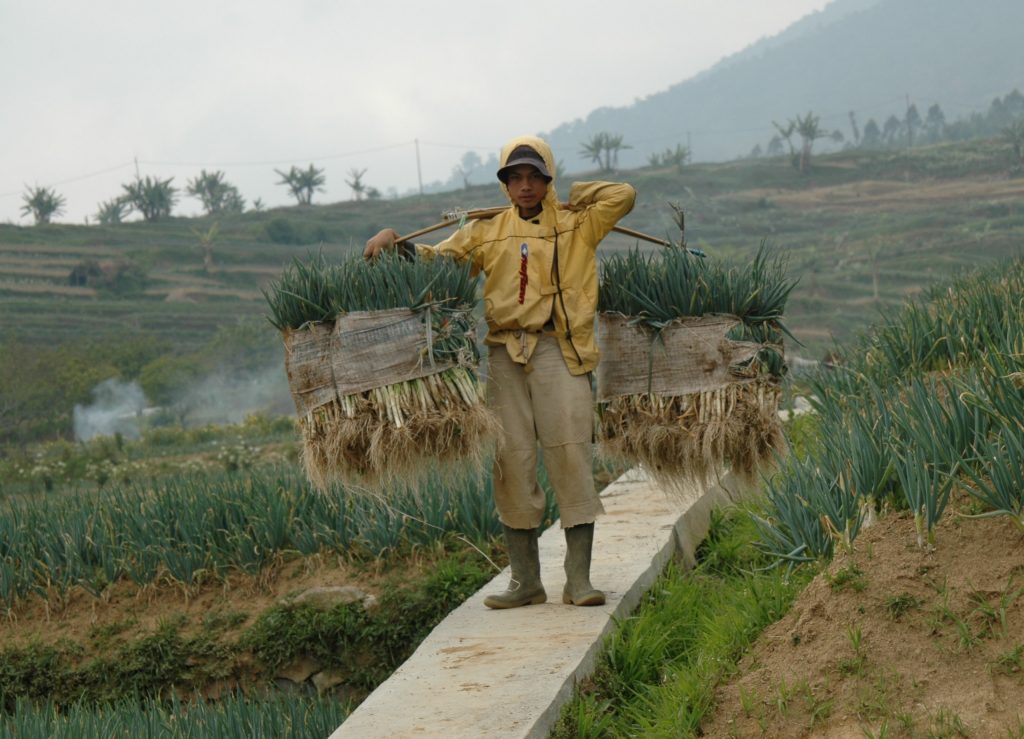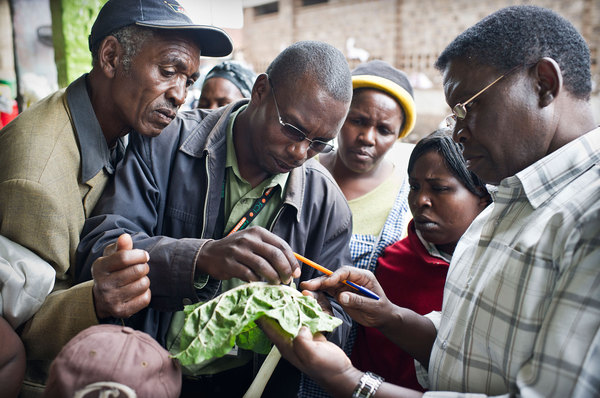Environmentally Friendly Insect Repellent for Agriculture
A team of researchers from the Technical University of Munich (TUM) have developed a biodegradable agent that repels insect pest activity amongst crops without the use of insecticide chemicals.
Coconut Rhinoceros Beetle on Guam – an update
An adult male coconut rhinoceros beetle. Emmy Engasser, Hawaiian Scarab ID, USDA APHIS ITP, Bugwood.org 10 years ago the Coconut Rhinoceros beetle (CRB) was first discovered on the western Pacific island of Guam. Since then, these shoe-shine black, miniature invaders have spread to all parts of the island and are laying waste to the local coconut…
New strategy required for delaying insect resistance to Bt crops
Transgenic Bt crops have been grown around the world since the 1990s and have contributed to increased yields by controlling agricultural pests. Due to the importance of this technology, there has been continuous study into the development of resistance to Bt crops and how best to avoid this happening. A recent investigation into the rapid…
Slicing Into The Bread Wheat Genome
Bread wheat (Triticum aestivum) is a globally important crop that accounts for 20% of the calories consumed by the world’s human population. Major work is underway to increase wheat production by expanding knowledge of the wheat genome and analysing key traits, however due to the large size and great complexity of the bread wheat genome…
Coffee Production in Hot Water- The Impacts of Climate Change on the Future of Coffee Crops
Coffee (Coffea) is the one of the world’s favourite drinks and the second most traded commodity after oil, accounting for annual retail value of US$ 90 billion. The two main species used in the production of coffee are Arabica coffee (Coffea arabica), which accounts for 70% of coffee production, and Robusta coffee (Coffea canephora). The…
Bean and Gone – Controlling the Coffee Berry Borer Using Integrated Pest Management
The Coffee Berry Borer, Hypothenemus hampei, is a tiny beetle which is widely considered to be the most damaging pest of coffee plantations in the world. Originating in Africa, it is now found in almost all coffee growing areas in the world as an invasive species, with nearly 160 records from different areas worldwide on…
Colorado Potato Beetles Left With A Sour Taste As Clover Is Found To Be As Effective As Pesticides
Eggplant or aubergine (Solanum melongena) is a crop often attacked by the Colorado Potato Beetle (Leptinotarsa decemlineata), a major insect pest of plants from the Solanaceae family including potato, tomato and eggplant throughout North America, Europe and Asia. This insect pest is exceptionally destructive to crops and readily develops resistance to a wide variety of…
Plant Pest Interactions: How Soybean Aphids Trick Soybean Plant Defences
Following on from a previous blog on the interactions between soybean plants and soybean pests, new research on soybean (Glycine max) responses to the soybean aphid (Aphis glycines) published in Molecular Plant-Microbe Interactions has revealed some of the complex and fascinating interactions between pests and their plant hosts. This recent research led by Dr Gustavo Macintosh and…
The Soybean Gene: Scientists Discover the Key to Nematode Resistant Soybeans
Soybean (Glycine max) is an important crop that provides a sustainable source of protein and oil worldwide in countries such as the USA, Brazil, Argentina, India and many African countries, including Nigeria, South Africa and Uganda. The soybean cyst nematode Heterodera glycines is a microscopic roundworm that feeds on the roots of soybean and is…




